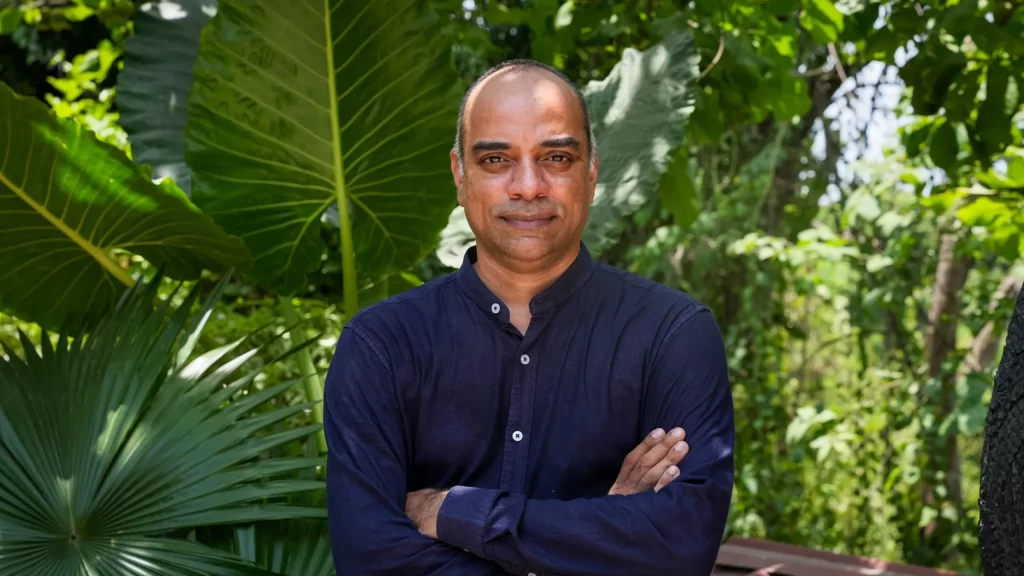Introduction
In recent years, Goa, known for its vibrant culture and unique architectural landscape, has been facing a transformative wave spurred by the tourism industry. Architect Fernando Velho sheds light on the implications of this development, emphasising the loss of poly centric urbanism, a defining feature of Goa’s social and architectural identity.
Rise of Artificial Demand for Land
Velho highlights the surge in demand for land in Goa, propelled by the burgeoning tourism sector. Over the past three decades, the demand for second homes has skyrocketed, leading to a dramatic shift in architectural styles. Instead of preserving Goa’s distinctive architectural heritage, generic global designs are becoming prevalent, marketed as a slice of Goan authenticity.
Impact on Urban Dynamics
Central to Velho’s concern is the erosion of poly centric urbanism, a model cherished by urban planners worldwide. Traditionally, Goa’s villages and towns boasted distinct identities while coexisting harmoniously. However, the relentless pursuit of land acquisition is blurring these boundaries, as villages are amalgamated to meet the soaring demand.
Tourism as the ‘New Oil’
Tourism is hailed as Goa’s new economic driver, akin to oil in other regions. However, Velho warns against the commodification of the state, where land is increasingly viewed as a tradable asset rather than a communal resource. This shift, fueled by tourism-driven consumption, threatens Goa’s social fabric and architectural integrity.
Social Stratification and Urbanisation
Velho underscores the socio-economic disparities exacerbated by the tourism-driven land rush. The influx of wealthier individuals seeking second homes perpetuates social divisions, accentuating the gap between the privileged and the marginalised. As urbanisation rates soar, Goa faces the challenge of balancing development with social equity.
Towards Sustainable Governance
With over 62% of the state already urbanised, Velho advocates for decentralised governance to address the evolving landscape. A bottom-up approach, empowering civil society in land distribution decisions, is touted as a solution to mitigate the adverse effects of mass consumption and urbanisation.
Conclusion
Architect Fernando Velho’s insights shed light on the intricate interplay between tourism, urbanisation, and social dynamics in Goa. As the state navigates the complexities of modernisation, preserving its polycentric urbanism emerges as a paramount challenge, requiring collaborative efforts to safeguard its rich cultural heritage and architectural legacy.
Note: Originally published in heraldgoa; Feature Image Courtesy: Live News Goa





